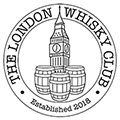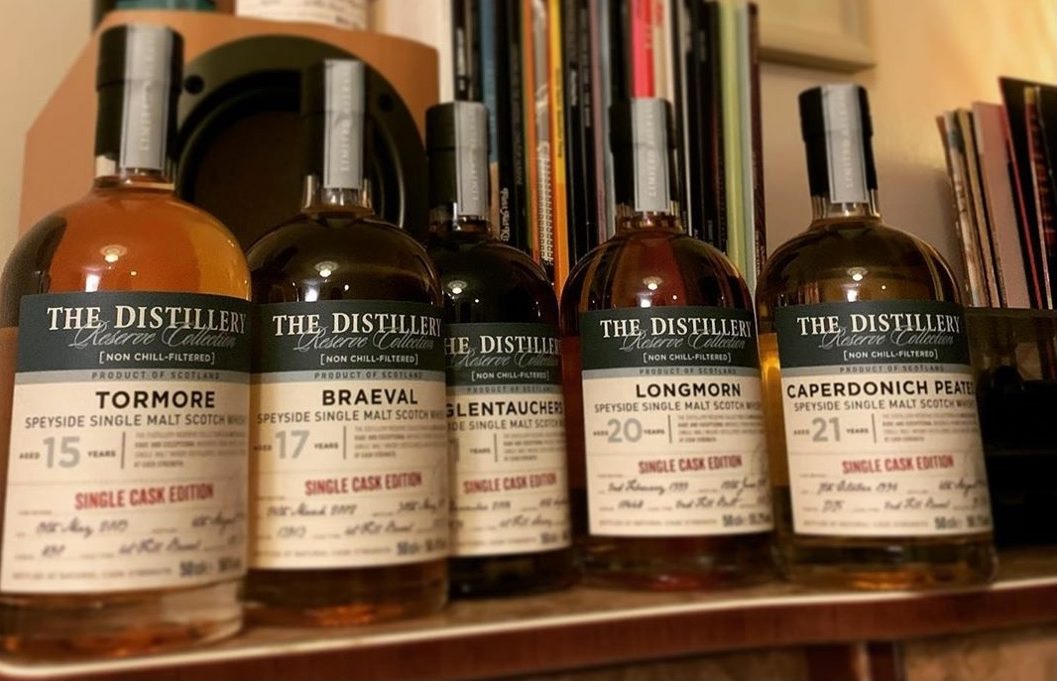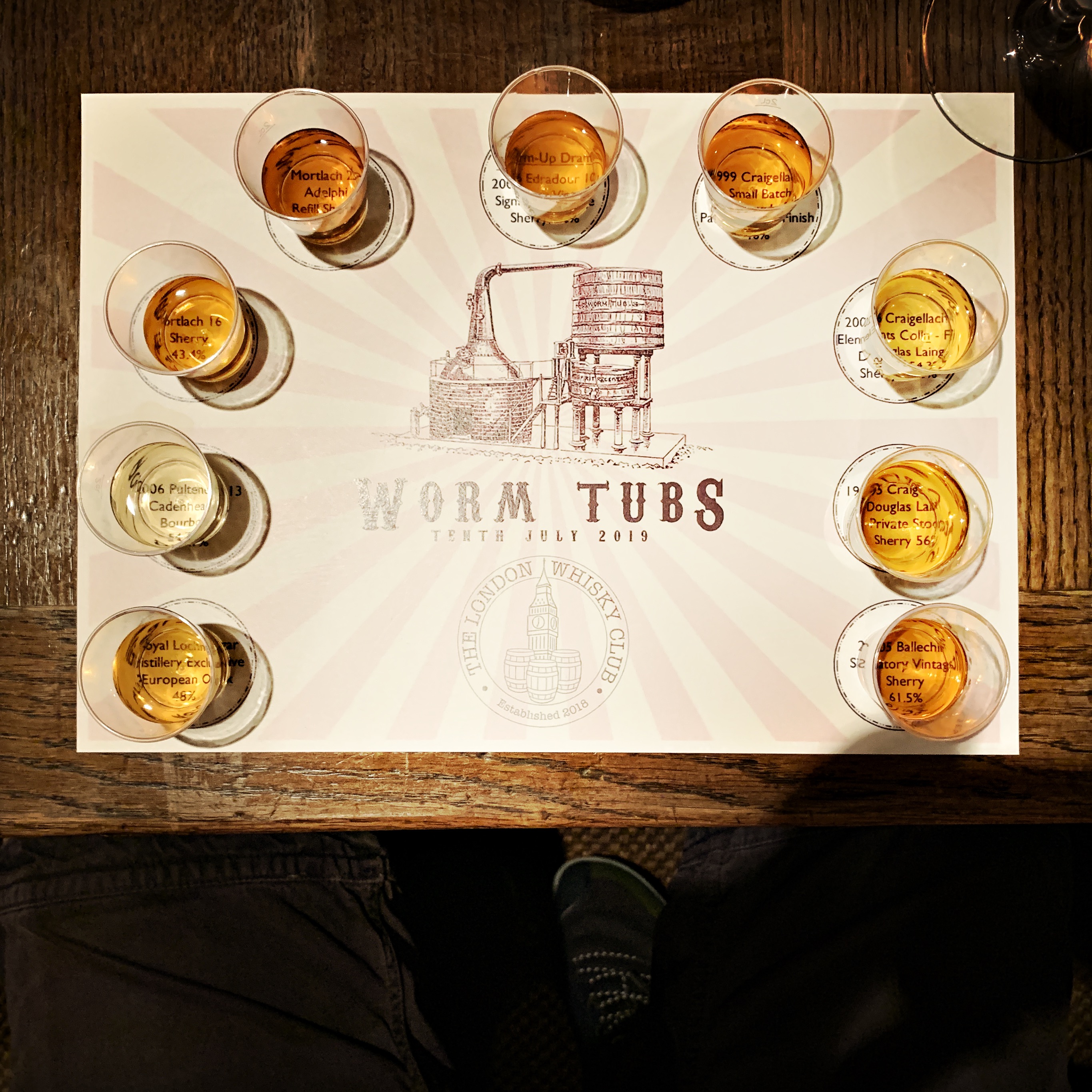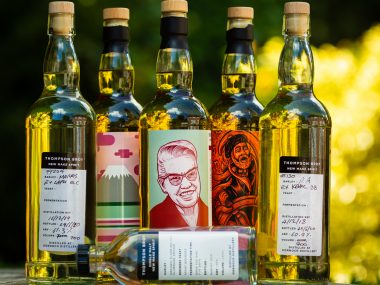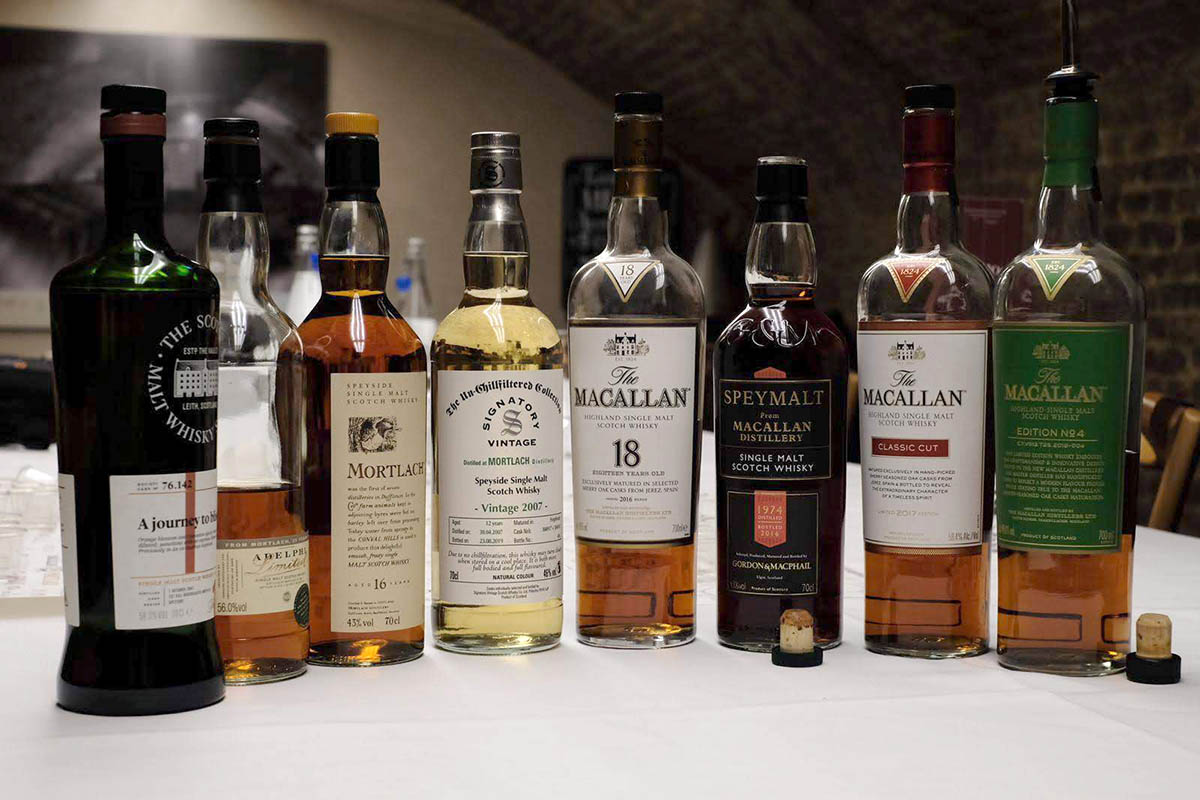This week’s tasting from TLWC come from the Chivas Workhorses collection.
Following on from our exploration of Diageo’s ‘Workhorse’ distilleries last year, we’ve been able to secure 5 more bottles from Chivas’s Distillery Reserve Collection showcasing some of their lesser known distilleries that are usually reserved for blending. Tonight we will be joined by Sandy Hyslop, Director of Blending and Inventor, and Alex Robertson, Head of Heritage and Education.
Workhorses are an integral part of any distillery portfolio, providing massive outturn for popular blends, with very little of it seen as single malt, and then usually only via independent bottlers. This doesn’t mean that its not good whisky though as we will see tonight.
Chivas Regal is a blended Scotch whisky produced by Chivas Brothers, which is part of Pernod Ricard. It was founded in 1786, with its home being in the Strathisla distillery at Keith, Moray in Speyside, Scotland, and is the oldest continuously operating Highland distillery.
Chivas Regal has been the market-leading Scotch whisky aged 12 years and older in Europe and Asia Pacific. This blended whisky has been the world’s fourth best seller since 2016.
James and John Chivas left the family home where they had grown up and headed to the bright lights of Aberdeen in 1836, with James picking up a job at grocers and eventually becoming a partner of said grocers a few years later. In 1857, John would join the company and Chivas Brothers was born. Among the wares sold at the grocers was whisky, and with the demand for better whisky growing, the company would blend its aged stocks to create impressive expressions. In 1909, Chivas Regal 25 year-old was released and had superb fortunes in the US. In 1949, Seagram acquired Chivas Regal and concentrated their efforts marketing and distributing the brand widely.
During the 1950s, following the end of the Second World War and the country’s recuperation after Prohibition, the brand underwent a relaunch in the US. There was immediate success and Chivas became the preferred tipple of many noteworthy individuals including Frank Sinatra who requested the drink as part of his backstage rider. At present the brand has become a colossus and sales have grown by over 40% during the last few years. To cope with demand, Chivas also acquired the Strathisla distillery which produces one of the principle components of the blend.
Today, the malty blend Chivas Regal 12 Year Old lies at the heart of the range.
Our exciting line-up for the night’s tasting:
- Tormore 15y/o, First Fill Barrel, 56% abv
- Braeval 17y/o, First Fill Barrel, 56.4% abv
- Glentauchers 11y/o, 1st Fill Sherry, 64.1% abv
- Longmorn 20y/o, Second Fill Butt, 55.2% abv
- Caperdonich Peated 21y/o, Second Fill Barrel, 50.1% abv

Dram 1 – Tormore 15y/o, First Fill Barrel, 56%
Built in 1958, Tormore was one of the first new distilleries to appear during the post-World War II Scotch boom. The beauty and uniqueness of its architectural design were recognized in 1986 when the distillery was granted listed building status, despite being less than 30 years old.
In 1958, Tormore whisky distillery was built by Schenley International, they had intentioned it to supply whisky for their Long John blends. The rather elegant distillery sits in the Cromdale Hills of Speyside, surrounded by pine forest and overlooking the River Spey. The buildings were designed by Sir Albert Richardson, of Royal Academy fame, and are so picturesque they are already B-listed and, furthermore, have been reproduced in scale model form for an exhibition at the Scotch Whisky Heritage Centre in Edinburgh.
Production commenced in 1960 and, following a healthy start, the stills capacity was doubled to number eight. Today, Tormore has a capacity of 3.7 million litres annually, all of which is filled at Chivas Bros warehouses. Some of the spirit is returned for maturation at the distillery.
Allied Domecq acquired Tormore in 1989 and five years later the first official house bottling was released, Tormore twelve year-old. Independent bottlings are rather rare, and the official range is quite small, one can, however, find Tormore in the Ballantine’s blend. Presently under Pernod Ricard ownership following Chivas’ 2005 acquisition of Allied Domecq.
Most of the whiksy goes into Long John blend but also in Ballantines and Royal Salute.
There are fours stills prodcuing 4.8m litres of new make spirt which has a flvour profile of zesty, clemtines and orange. Its used to liven up a blend and give it its effereffensce.
Tonight’s dram comes from a first fill barrel which around 50% of the flavour coming from the cask.
Tasting Notes:
Nose: Cream soda, caramel and fragrant with barley and vanilla. Hobnob biscuits, vanilla, pear and spiced oak,
Taste: Lemon, pear, butter and vanilla. A warming spice with pepper and barley. Cinnamon, orange melon and red apple. Vanila from barrel, apricot, zest and lemon.
Dram 2 – Braeval 17y/o, First Fill Barrel, 56.4%
Braes of Glenlivet was founded in 1973 by the Chivas and Glenlivet Group. Lying in the prime pastures of the Livet Glen. To avoid confusion, the distillery dropped the Glenlivet suffix in 1994 to become Braeval. During the 1970s the still capacity was increased, to total six in 1978.
At an altitude of 350m, Braeval stands as the highest distillery in Scotland. No official bottlings have been released, but there are two Braeval whiskies available as part of Aberko Ltd’s Deerstalker range. The distillery closed in October of 2002, following Pernod Ricard’s acquisition of Chivas Brothers the previous year.
After renovation and refurbishment the distillery was reopened in July of 2008 – a year when Chivas reopened several silent distilleries in their portfolio. Braeval can be operated by just one worker, though nonetheless the capacity is quite substantial at 4.2m litres per annum.
The spirit has a floral profile and the barrell impact gives the sweet banana, violet notes. Its dsed in Glen Campbell, very big in France and Chivas Regal.
Tasting Notes:
Nose: Perfume, nail polish remover, charred oak and toasted barley. Fresh orange juice and gingerbread.
Taste: Refresher sweets, light floral notes with rose and lavender. Toffee and chocolate sweetness plus some cinnamon heat. Vanilla, pepper, raisins and honey. Green banana, malt loaf, Palma violet and ginger.
Dram 3 – Glentauchers 11y/o, 1st Fill Sherry, 64.1%
The Glentauchers whisky distillery was founded in 1897 by W P Lowrie, a Glasgow-based whisky trader, and James Buchanan, a renowned blender. Five years later, Lowrie experienced financial hardship and James Buchanan subsequently bought him out. The location was chosen for its proximity to a rail line and main road. James Buchanan merged with Dewars in 1915 and during the 1920s the distillery went through considerable renovations. This included the rebuilding of the mash house and floor maltings. The newly formed Buchanan-Dewars merged with Distillers Company Limited in 1925 and five years later the distillery was transferred to Scottish Malt Distillers. During the 1960s, further stills were installed, bringing the total capacity to 3.4 million litres per annum.
In 1985, the distillery was closed down and four years later Caledonian Malt Whisky Distillers, a subsidiary of Allied, acquired the distillery. In August of 1992 spirit was once more being produced. Glentauchers is at present under the watchful eye of Chivas Brothers, following the acquisition of Allied. Recently there have been substantial investments to refurbish the buildings and equipment. The spirit is filled onsite into bourbon casks. The distillery even boasts its own warehousing facilities with space for 6,000 casks. The remainder of the new make spirit is transported to the Chivas central warehouse for maturation. Glentauchers is know for its use in blends, mainly Ballantines, Teachers and Chivas Regal.
Tasting Notes:
Nose: Cork, leather, forest fruits, blueberries and blackberries. A sweet note from honey with spices, cinnamon, nutmeg, pepper and chilli. Dark chocolate, prune and tobacco.
Taste: Raisins, Christmas cakes and dates. Dark fruits, dried figs, leather note and dark chocolate. Blackberries and dark cherries, some honey followed by caramel fudge and a hint of toffee.
Dram 4 – Longmorn 20y/o, Second Fill Butt, 55.2%
Construction began on a distillery on the site in 1893 under John Duff and Company, founders of Glenlossie in 1876. In 1894, the build was completed production began in December. John Duff bought out the other members of the group and officially founded the Longmorn Distillery in 1897. A year later he built Longmorn Number 2 which was later renamed as BenRiach. John Duff went bankrupt in 1909 and the shares were acquired by James R Grant.
The Lochside distillery lacks the fame of some of its neighbour, BenRiach, but it does have eight stills and a capacity of 3.5 million litres. Its beeng running at full capacity since Pernod Ricard’s acquisition in 2001. The malt whisky from Lochside remains in popular in blends such as Chivas Regal.
Tasting Notes:
Nose: Blackcurrant, hint of burnt rubber alongside cocoa, molasses and mocha.
Taste: Cream, custard, toffee, vanilla fudge and burnt caramel and a hint of engine oil.
Dram 5 – Caperdonich Peated 21y/o, Second Fill Barrel, 50.1%
In 1897, James Grant founded Glen Grant Number 2, named after the Glen Grant distillery which he co-founded with brother John in 1840. After a huge spike in whisky and the proverbial crash, Glen Grant Number 2 closed in 1902.
The distillery lies in north Moraytown Village across the street from Glen Grant No. 2. Customs and Excise were adamant the spirit from Glen Grant No. 2 should be carried across the street to its neighbour by a pipe. Known as the ‘whisky pipe’, it was inexorably tapped by locals.
The name, lawfully, had to be changed after a new act was passed which did not allow two distilleries to share a name. So in 1967 it was renamed Caperdonich and produced whisky intended for blending. Beneficiaries have included Chivas Regal and Passport. There have been some independent bottlings from bottlers such as Duncan Taylor and Douglas Laing. The one official expression, a cask strength 16y/o was released in 2005. Pernod Ricard acquired Caperdonich in 2001 but retired it along with Allt-á-Bhainne and Braeval just one year later.
Caperdonich was permanently closed in 2002 and sadly demolished in 2010. It is extremely rare to see a properly peated Speyside whisky and hence its such a shame that’s its gone forever.
Tasting Notes:
Nose: Fireworks, gentle peat and bonfire embers intermingled with aromas of warm cedar and orange.
Taste: Bubble-gum, bonfire, menthol, well-done steak and peanut butter. A burst of smoke followed by hints of herbal tea leaves and menthol liquorice with a smoky finish.
There were some great drams on offer tonight as well as some interesting. Although a close call the dram of the night has to go to the Caperdonich Peated 21y/o.
————————————————————–
The next club tasting is another special one. Rarely seen in the UK and even more rare to come across multiple bottles. Its Sullivan’s Cove from Tasmania, Australia on Wednesday 23rd September.
